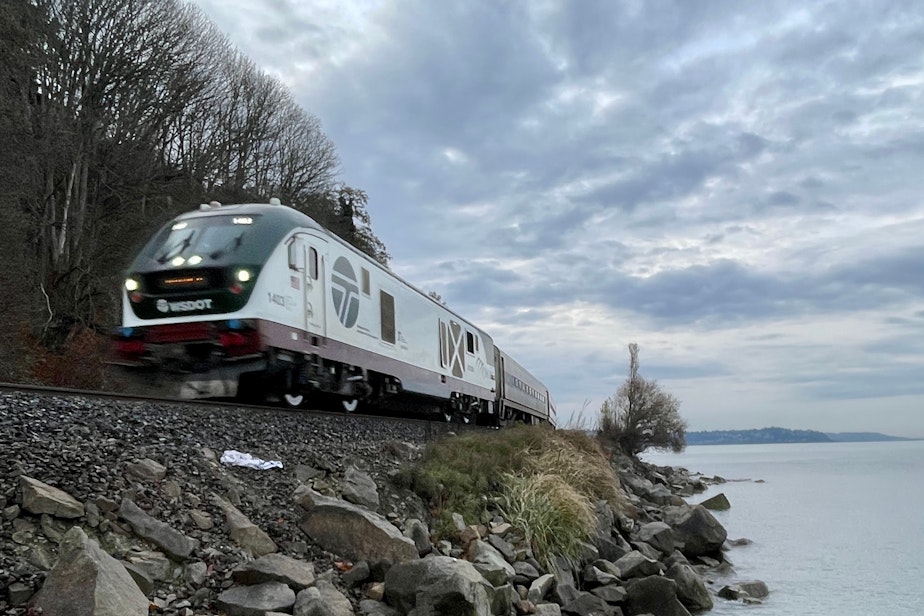More aboard! Activists, officials disagree about how to boost Amtrak Cascades ridership

Officials and climate activists disagree about the best way to get more people on board passenger trains between Oregon and Canada.
Ridership on the Amtrak Cascades, running between Eugene, Oregon, and Vancouver, British Columbia, has not returned to pre-pandemic levels, though it came close in 2023.
The line served 746,000 passengers in 2023, nearly doubling its 2022 ridership and reaching 90% of the Cascades’ pre-pandemic peak of 824,000 in 2019, according to the Washington State Department of Transportation.
The transportation department, which pays Amtrak to operate the Cascades line, has been asking the public how to improve service over the next 20 years.
RELATED: Dude, where’s my train? Why freight makes Amtrak late
The feedback has emphasized faster, greener, more frequent, and more reliable trains, as well as better connections to other modes of travel at train stations.
Major employers contacted by rail officials called for faster travel times and better Wi-Fi on the Cascades line.
Retired scientist and climate activist Arvia Morris with the Climate Rail Alliance says planners aren’t taking Amtrak’s need for speed seriously.
“We do 53 miles an hour today, and in their current plan, in 20 whole years, they would get us to 58 miles an hour,” Morris said. “We just don't think that plan is good enough.”
Climate activists held a rally Friday on a pedestrian overpass at Seattle’s King Street Station, handing out flyers to commuters rushing to catch a Sound Transit train to Tacoma, while an idling Amtrak locomotive belched diesel exhaust just below.
Despite the trains’ reliance on fossil fuels, activists say they are a climate solution compared to cars, trucks, and planes.
“Rail uses a lot less energy than cars to get around,” Morris said. “We are hitting a climate window where if we don't dramatically reduce our CO2 emissions in the next five years, it's just going to be a catastrophe. We can get people, a lot more people, using rail in that amount of time if we invest in the rail system.”
RELATED: Amtrak wants to spend $200M to improve Seattle's rail yard
The state transportation department has been asking for public input on five long-term service plans, with the fastest shaving 7 minutes off the 3.5-hour ride from Seattle to Portland. Those trains would hit a top speed of 90 miles per hour on some straight stretches of track.
Activists see that as backsliding: The Amtrak Cascades’ previous 20-year plan called for trains reaching a top speed of 110 miles per hour.
An infusion of federal infrastructure money is expected to yield more frequent Cascades service, on bigger trains, within the next two years. Six round trips daily, on trains that can hold 300 or more passengers, are planned for 2026.
But activists say major track investments are needed to help the Amtrak Cascades speed up and live up to its original mission: luring drivers away from Interstate 5.
WSDOT is taking public comments through April 18.
The next step is for Washington and Oregon to combine their state plans into one for the Amtrak Cascades’ entire 18-stop system. The public will have opportunities to comment on that corridor-wide plan as well.
RELATED: At 84, he has completed his goal of riding all 21,000 miles of the Amtrak network

